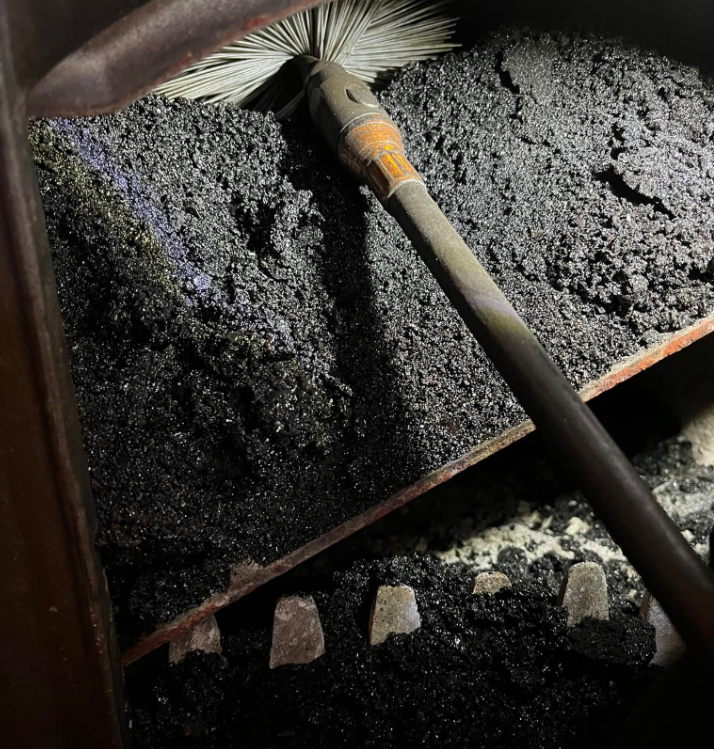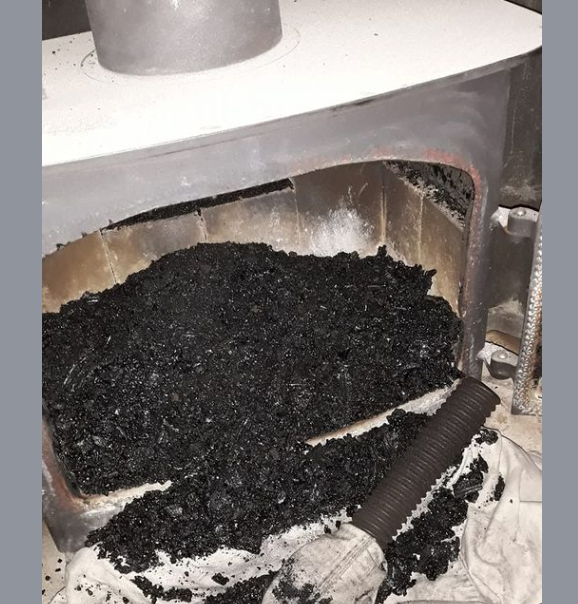Why Slumbering Your Solid Fuel Stove is a Risk You Can’t Afford to Take: When a solid fuel stove, which is typically used for cooking or heating, is said to be “slumbering,” it means that the fuel is purposefully burned slowly in order to preserve a controlled and gradual combustion. Although sleeping a solid fuel stove may seem like a practical way to maintain a fire through the night or during periods of inactivity, there are a number of reasons why this is not a good idea.
To begin with, slumbering can result in incomplete combustion, which can produce dangerous pollutants like carbon monoxide. More smoke is produced by inefficient burning, raising the possibility of indoor air pollution and its detrimental effects on health. In large amounts, the colorless and odorless gas carbon monoxide can be fatal. For a clean burn and to reduce emissions, proper airflow and combustion are necessary.
Second, a solid fuel stove that is put to sleep may cause creosote to accumulate in the chimney. The highly combustible compound known as creosote is created when wood or other organic materials burn. Chimney fire risk increases when a stove runs at low temperatures for an extended period of time because creosote condenses and solidifies in the chimney. Creosote buildup can be avoided, and the chance of a dangerous chimney fire can be decreased, by giving the stove regular maintenance and letting it burn at a higher temperature.
Finally, slumbering could reduce the solid fuel stove’s overall efficiency. Extended use of a low burn rate on the stove can result in incomplete combustion and decreased heat output. This inefficiency fails to provide the desired warmth and wastes fuel. Rather of slumbering for extended periods of time, it is advised to adhere to correct burning methods, such as keeping a clean, hot burn with adequate ventilation. This will extend the stove’s lifespan and efficiency.


